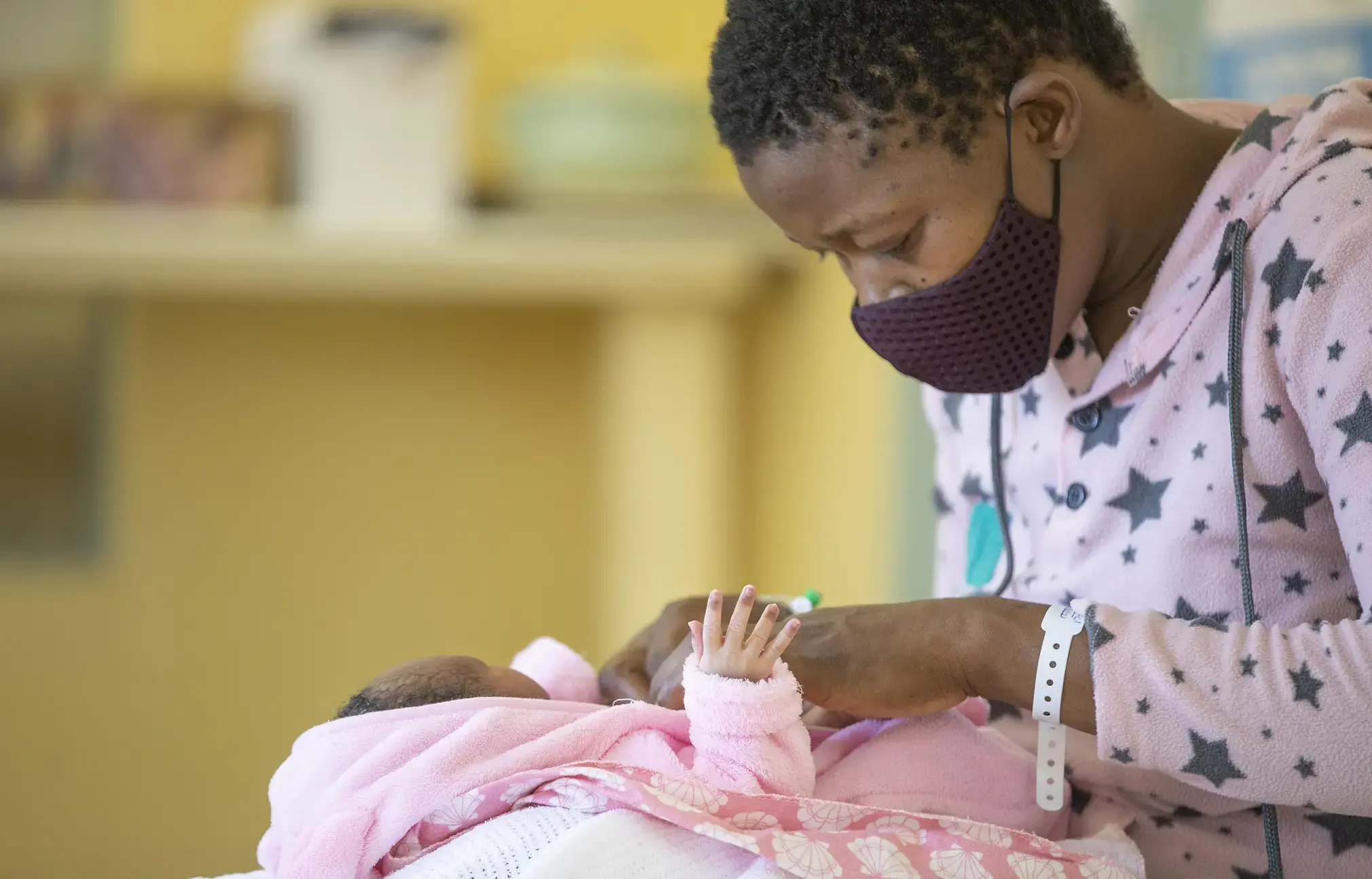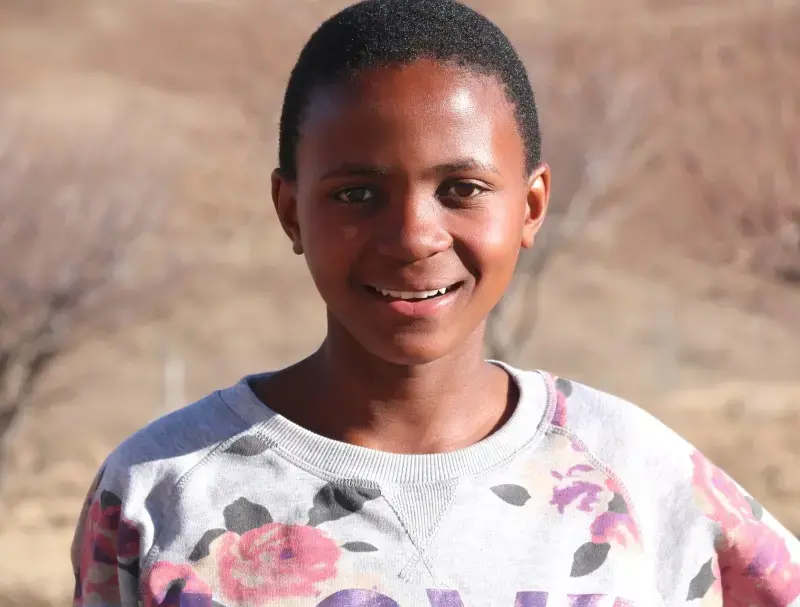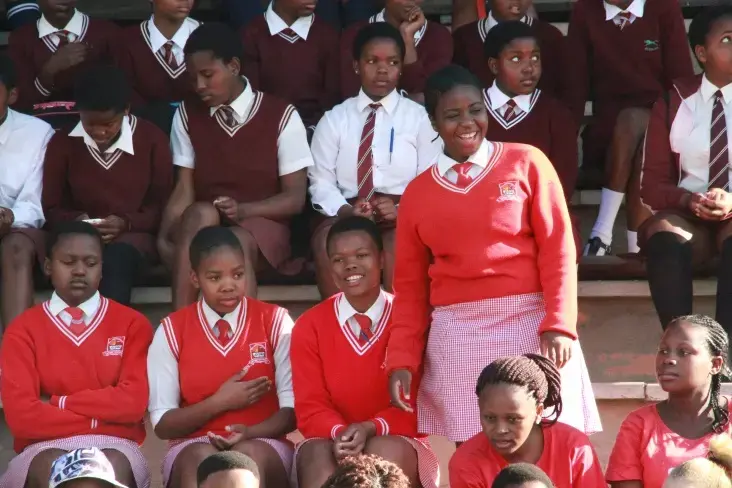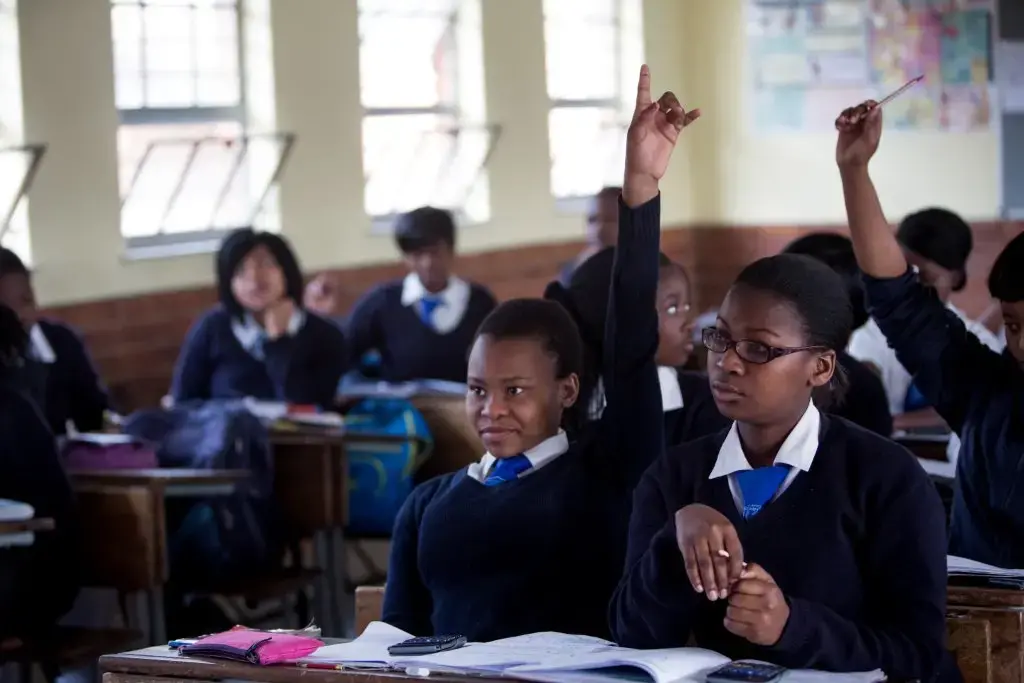Early childbearing, high fertility rates and inadequate access to maternal health services are the main factors that contribute to the high number of maternal deaths among young women in Africa. Girls aged 15-19 years are twice as likely to die during childbirth as women 20 years and above. Coupled with HIV, complications during pregnancy and childbirth are the leading cause of death for young women aged 15-19 years.
Unsafe abortion because of unwanted pregnancy is also common among adolescents. It is an indicator of girls’ and women’s unmet need for contraception. In sub-Saharan Africa, extreme poverty, inadequate access to reproductive health information and services, and restrictive abortion laws cause many women to resort to clandestine abortion providers to avoid unintended pregnancy, resulting in about 3 per cent obtaining unsafe abortions each year. Unsafe abortion is a major contributor to maternal deaths, with 14 unsafe abortions performed for every 100 births in Africa.
High adolescent fertility rates will delay fertility transition and the emergence of the demographic window of opportunity for the region. Scaling up youth-friendly health services that conform to international standards and addressing the negative attitudes of health providers to adolescents’ desire to access sexual and reproductive health services will be critical for accelerating a reduction in teen pregnancies, unwanted births, unsafe abortions, obstetric fistulas and overall maternal mortality in the region.
Context in East and Southern Africa
An estimated 49 million sexually active women in East and Southern Africa do not have access to modern contraception or family planning services, and more than half of these are young women. Consequently, adolescent pregnancy rates in the region are twice the global average at 92 births per 1,000 girls (UNFPA, 2021).
The total fertility rate in the region has declined to 4.1 children in 2022, from 5.9 in 1994. Today, 35 per cent (over one third) of women use modern family planning methods compared to one in 10 in 1994, and 39 per cent of women who are married or in a relationship use modern contraception, compared to 37 per cent in 2017.
At the same time, the region saw its population increase from 312 million in 1994 to 633 million in 2021, leading to an increase in the demand for modern contraception and all other sexual reproductive health services.
Preventing teenage pregnancy is also about preventing:
Loss of life. Girls aged 15-19 years are twice as likely to die during childbirth than women over the age of 20 as their bodies have not yet formed.
Serious illness. Pregnant adolescents also face higher risks of eclampsia, puerperal endometritis and systemic infections than adults.
Mutilation or death from illicit or unqualified abortions. Sexually active adolescent women in sub- Saharan Africa have abortions at far higher rates than do all women of reproductive age (Bankole, 2020).
Thwarted potential. In many countries, laws, policies and social stigma prevent teenage mothers from returning to school after giving birth.
Gender-based violence. Girls who fall pregnant and cannot participate in the formal economy due to a lack of skills risk being dependent on (usually) male breadwinners, giving them very few options should the relationship become abusive.
Child marriage. Families who cannot afford to feed an additional mouth may force pregnant girls into marriage. New data from UNPD affirms that most births among girls under 18 take place in a marriage or union, in many cases within seven months of the marriage, indicating that pregnancy was a driving factor towards child marriage.
Poverty. Households headed by single, older, less educated women are among the poorest in the region. Lack of participation in the formal economy means fewer job opportunities, lower wages, an inability to save for retirement and consequent dependency in old age.
Social injustice and development failures. When individuals can exercise real informed choice over their health, bodies, and futures, they can contribute to more prosperous societies and a more sustainable, equitable and just world. Preventing unintended pregnancy is linked to female participation in the formal economy, which has been shown to accelerate economic growth and leverage the demographic dividend that comes from having a youthful population in which the working-age population outnumber dependents (the elderly and the very young).
UNFPA's response
Together with our partners, we devote considerable resources to understanding why this is and then working with governments, civil society and non-governmental organizations to remove the obstacles that prevent women and young people from accessing life-changing contraception and other sexual health services.
A large part of this effort is directed at enhancing supply chain management and systems to ensure that rural women and girls — often forgotten by policymakers — are better served. Practically speaking, this means helping to ensure that the right contraceptive mix is purchased and paid for (often by working with centralized procurement departments, which have their own challenges) and then delivered to the right place at the right time, even to remote corners of the continent with limited infrastructure. These are invariably government facilities as private health care is beyond most adolescents’ financial reach. Once the stock has arrived, a second obstacle needs to be overcome: stigma and discrimination.
Parts of Africa remain deeply conservative, and young people fear being judged by service providers, especially in rural areas, where health-care workers also tend to be community members. This is why we invest in people and youth-centred health care; training community health workers to deal sensitively with youth, women and other key populations at risk, such as sex workers and members of the LGBTQI community. It also means working with facilities to provide feedback and encouraging ways to better serve this key population, such as by aligning clinic opening times with school timetables.
This counts for little though if young people aren’t aware that the services are freely available and that they have a right to access them. For this reason, UNFPA champions comprehensive sexuality education — also known as sex education — for youth in and out of school.
A well-stocked, accessible, convenient youth-friendly clinic will be less effective if outdated laws and policies prevent young adolescents from accessing the facilities. For example, many countries still require parental consent to treat or prescribe medication to youth under the age of 18. Since sexual debut tends to happen well before their 18th birthday, young girls tend not to seek help as they do not want their parents to find out that they are sexually active. In this instance, parents usually find out when the pregnancy begins to show. Our policy is to work at national, regional and local levels — always with the beneficiaries or those most affected — to ensure tailored programmes and responses to meet the specific needs of those most affected.





